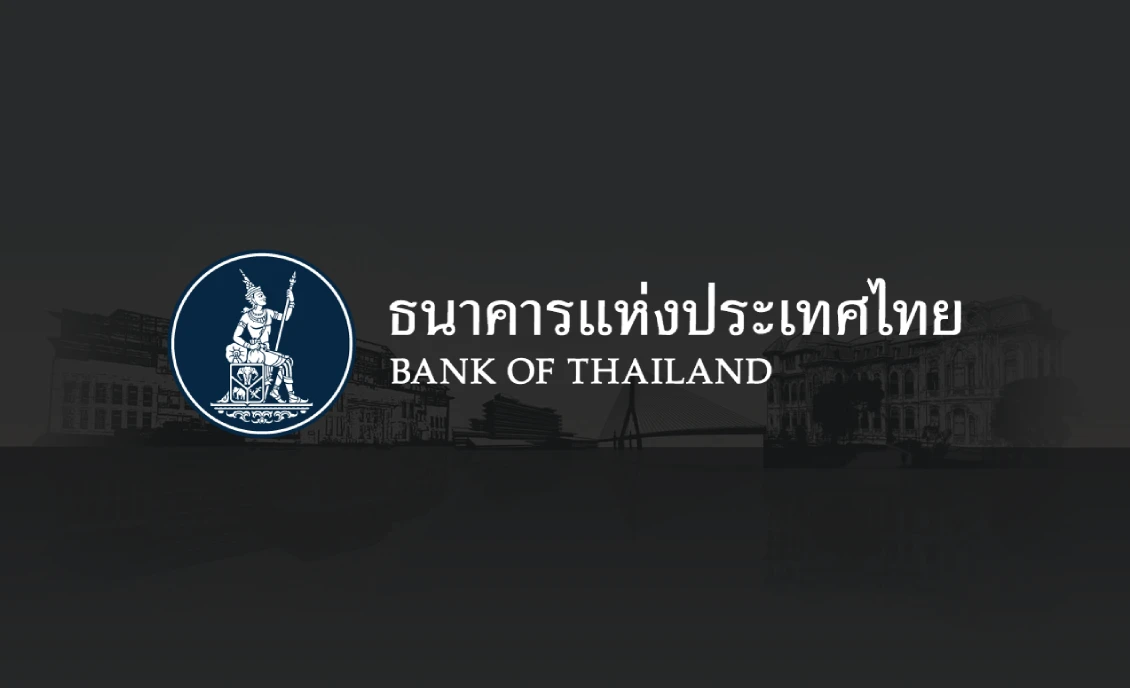What is Absolute Disadvantage
Absolute disadvantage is the opposite side of the absolute advantage theory. When a country has no absolute advantage in the production of both products in the absolute advantage theory, another will has an absolute disadvantage.
First, we need to go back to the absolute advantage, it is an economics theory that suggested a country has an absolute advantage in the production of a product when the country can produce with more efficiently than any other competitor country.
According to the absolute advantage theory, the country needs to specialize in the production of goods that they had an absolute advantage and export these goods.
Absolute Disadvantage vs Absolute Advantage
To understand the absolute disadvantage idea easier, let’s say the world had only 2 countries and 2 products. Suppose that the United Kingdom and the United States, both are equally endowed with 1000 units of resources.
The U.S. and the U.K. can produce the quantities of cloth and rice as the following table.

From the table above, the U.S. has an absolute advantage in both production of rice and cloth. Conversely, the U.K. has no absolute advantage in anything. In other words, the U.K. has an absolute disadvantage compared to the U.S.
Absolute Disadvantage and Comparative Advantage
Compared with both production, the U.K. is less inefficient in producing rice than cloth:
- Rice is 80% (4/5) as efficient as the U.S.
- Cloth is 40% (2/5) as efficient as the U.S.
David Ricardo developed a theory of comparative advantage in 1817 to demonstrate the absolute disadvantage. From the situation of absolute disadvantage, David Ricardo suggests the U.K. should produce rice which lower opportunity cost than any other product country producing it.
The other words, the U.K. has a comparative advantage in producing rice.




